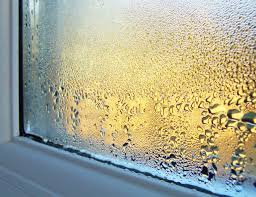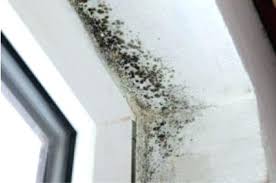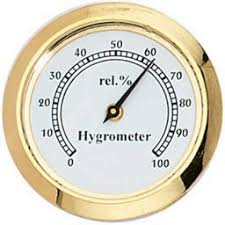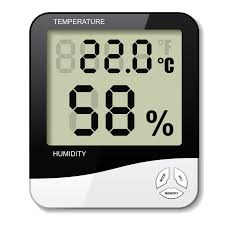
High humidity levels above an indoor relative humidity of about 50-55% in your home can cause excessive moisture build-up on the inside of window glass and around window frames and ledges. This occurs when the warm, moist air inside your home comes in contact with the cooler surfaces of windows, often during winter months. The effect is that your windows look like they are "sweating".
Homes are now being sealed much better against air leakage to prevent heat loss. However, this also reduces the amount of natural ventilation of moist air from inside to outside of your home. Newer homes can take anywhere from 12-18 months for their materials to dry out. So, wood, concrete, and other materials in a new home can release excess moisture within. Sometimes this excess moisture will be present just at the beginning of a heating season as moisture from summer humidity is drying out.
The best way to prevent excess moisture from building up on your windows is to properly ventilate your home. This can be achieved by simply opening your windows for short periods, allowing some of the moisture to exit your home. While this may lead to higher heating costs during winter months, it will save your window structure as excess moisture is sure to promote the growth of mould around window frames. Mould left untreated will spread quickly, not only damaging frames, but also leading to health related problems.
Homes are now being sealed much better against air leakage to prevent heat loss. However, this also reduces the amount of natural ventilation of moist air from inside to outside of your home. Newer homes can take anywhere from 12-18 months for their materials to dry out. So, wood, concrete, and other materials in a new home can release excess moisture within. Sometimes this excess moisture will be present just at the beginning of a heating season as moisture from summer humidity is drying out.
The best way to prevent excess moisture from building up on your windows is to properly ventilate your home. This can be achieved by simply opening your windows for short periods, allowing some of the moisture to exit your home. While this may lead to higher heating costs during winter months, it will save your window structure as excess moisture is sure to promote the growth of mould around window frames. Mould left untreated will spread quickly, not only damaging frames, but also leading to health related problems.
Another way to minimize window condensation is by running exhaust fans in your kitchen and bathroom more often, and wiping visible excess moisture from windows and frames. A hygrometer (seen below) can be purchased for a minimal cost in order to monitor the humidity levels in your home. This will help ensure that the air conditions are ideal for preventing moisture build-up.



